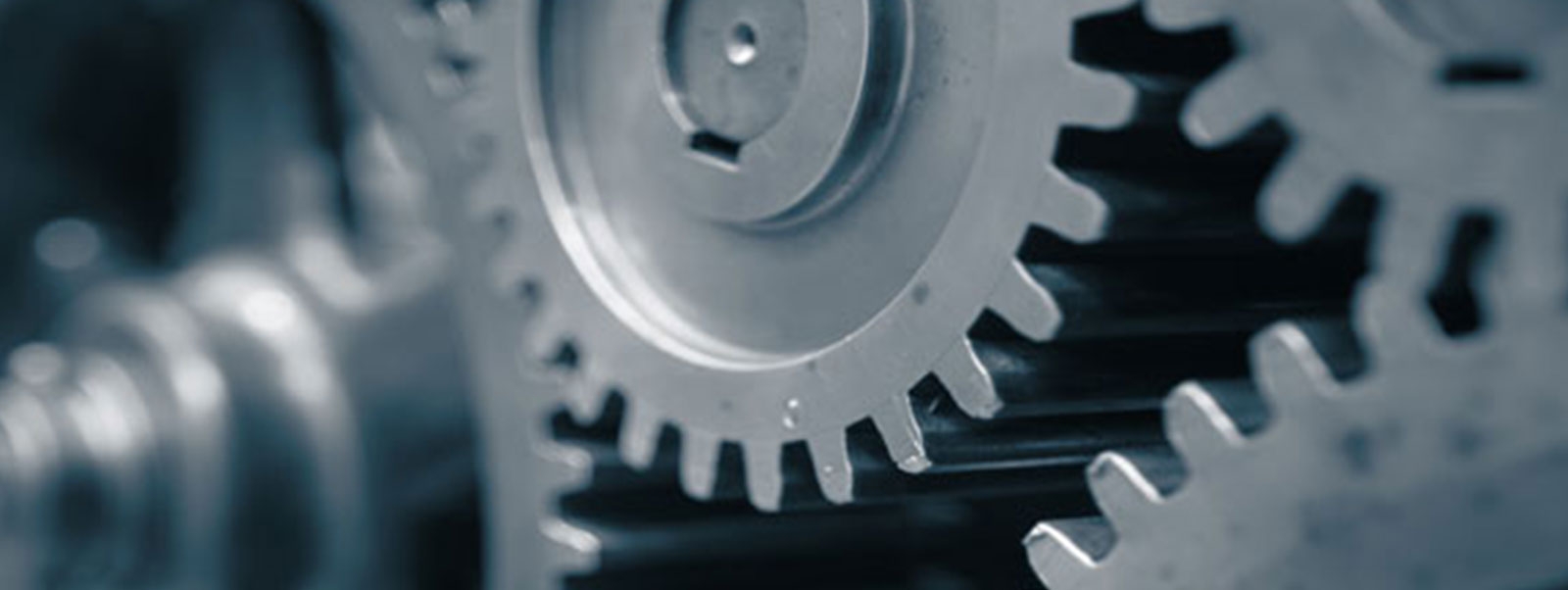The 2014 issue of Perspectives On Manufacturing Industries, Oliver Wyman’s annual journal for decision makers in the machinery and plant sector, focuses on the opportunities the right M&A strategy creates for industrial and equipment manufacturers and furthermore delivers relevant insights with a strong focus on globalization along the entire industrial value chain.
PITFALLS DURING ACQUISTIONS
Industrial and equipment manufactures need to engage in M&A with the right strategy in order to successfully manage the integration of the acquired company.
The most common pitfalls during post-merger integration (PMI) are an insufficiently prepared integration process (“pre-closing”), inadequate cultural integration, and underrating the complexity of the integration process. What’s more, in many cases the PMI process is not aligned rigorously enough with transaction goals. On the one hand, this can lead to an exponential increase in both required time and costs. On the other, it increases the potential for issues important to achieving transaction goals to be neglected and fall by the wayside. Consequently, it is crucial to start PMI preparations well ahead of the closing.







